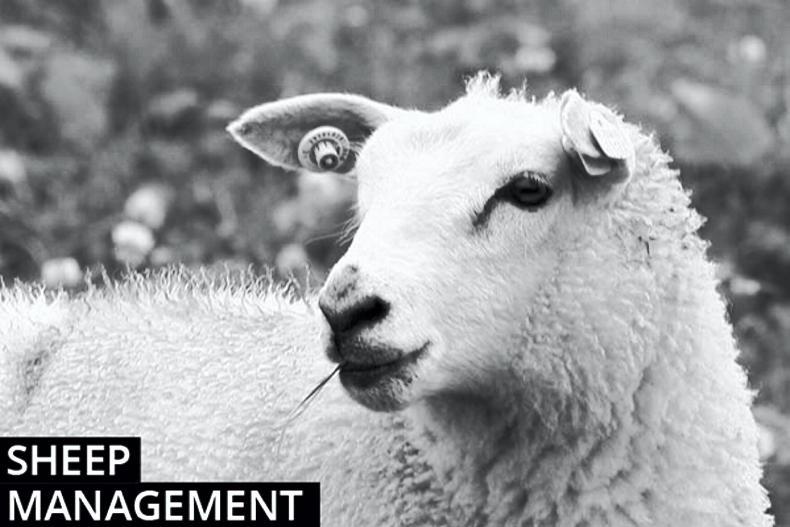Most causative factors boil down to increasing competition for space between the rumen and uterus as ewes enter late pregnancy. These include multiple births, ewes in excessive condition and increasing abdominal pressure, large-sized lambs and feeding of bulky, high-fibre or low digestible feeds in late pregnancy.
There are varying degrees of severity ranging from a minor vaginal prolapse to uterine prolapse and, in extreme cases, expulsion of internal membranes. The latter is very difficult to treat and euthanasia is often the only option.
Applying harnesses may be sufficient to deal with less serious issues until the ewe lambs. More severe cases are likely to require suturing or stitching with suturing of the vulva successful in preventing reoccurrence.
Hygiene is critical in dealing with all types and cleaning and disinfecting of prolapsed material is central to successful treatment and preventing reoccurrence. Where the prolapse involves excessive vaginal or uterine expulsion, administering pain relief and anti-inflammatory treatment is key.
A spike in cases may sound alarm bells for some aspect of management. Avoid feeding low-quality or digestible feeds and offer ewes high-energy feed in split offerings. It also helps to ensure that ewes have adequate pen and feeding space. Supervise ewes with harnesses and suturing closely at lambing.
Read more
Vet's corner: Prolapses in ewes
Prolapses and problem ewes
Farmer writes: prolapsed ewes and an early surprise
Sheep management: scab and lice
Sheep management: bedding
Most causative factors boil down to increasing competition for space between the rumen and uterus as ewes enter late pregnancy. These include multiple births, ewes in excessive condition and increasing abdominal pressure, large-sized lambs and feeding of bulky, high-fibre or low digestible feeds in late pregnancy.
There are varying degrees of severity ranging from a minor vaginal prolapse to uterine prolapse and, in extreme cases, expulsion of internal membranes. The latter is very difficult to treat and euthanasia is often the only option.
Applying harnesses may be sufficient to deal with less serious issues until the ewe lambs. More severe cases are likely to require suturing or stitching with suturing of the vulva successful in preventing reoccurrence.
Hygiene is critical in dealing with all types and cleaning and disinfecting of prolapsed material is central to successful treatment and preventing reoccurrence. Where the prolapse involves excessive vaginal or uterine expulsion, administering pain relief and anti-inflammatory treatment is key.
A spike in cases may sound alarm bells for some aspect of management. Avoid feeding low-quality or digestible feeds and offer ewes high-energy feed in split offerings. It also helps to ensure that ewes have adequate pen and feeding space. Supervise ewes with harnesses and suturing closely at lambing.
Read more
Vet's corner: Prolapses in ewes
Prolapses and problem ewes
Farmer writes: prolapsed ewes and an early surprise
Sheep management: scab and lice
Sheep management: bedding






 This is a subscriber-only article
This is a subscriber-only article










SHARING OPTIONS: